Review in Practice: “Wit & Wisdom”, “Romance Character Tropes” & “Steps to Self-Editing”
One of the advantages of being in a Story Bundle, is that you get a free copy of all the books included in the bundle. That means you get to read everyone else’s book. With the 2024 Novel Writing Story Bundle, for me, it, means I get to read a lot of writing reference books and I can discover from them, bits of writing wisdom which I can utilize in my own writing and publishing processes to improve my own work. For this segment of Review in Practice, I chose three books from this Story Bundle, with hopes of a few little nugets of gold that I can mine from them and share with you: Wit & Wisdom, by Craig Martelle, Romance Character Tropes, by Jessica Barber and Tara G. Ericson, and Steps to Self-Editing, by Jana S. Brown.
Wit & Wisdom, by Craig Martelle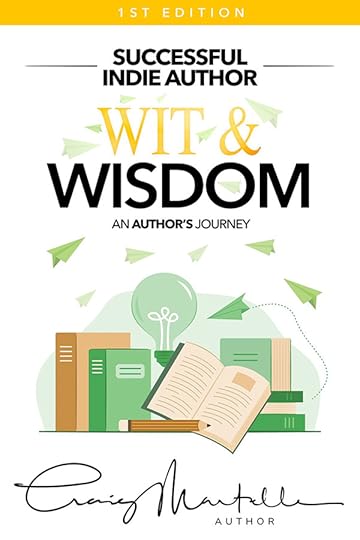
An exclusive first release in this StoryBundle— chock full of quips and snippets to help authors stay focused on the right things to accelerate their business.
My Thoughts on Wit & WisdomI always wanted to attend the 20 Books to 50K Conference, but I never could make it. So, when I had the opportunity to review a book written by one of the founders, Craig Martelle, you can be sure I jumped at the chance. Wit & Wisdom is packed full of useful tips and advice to help make your writing business successful.
Romance Character Tropes, by Jessica Barber & Tara G. EricsonIn this one-of-a-kind resource, you’ll find more than a list of tropes or broad genre fiction advice.
The Romance Writer’s Encyclopedia Series breaks down our method for categorizing tropes into four types of framework tropes – Character Tropes, Situational Tropes, Setting Tropes, and Relational Tropes.
The Character Tropes Encyclopedia includes detailed entries on favorite romance tropes like Cowboys, Royalty, Law enforcement, and Athletes. And we didn’t forget popular modern tropes like Alpha Male, Cinnamon Roll, or The Grump!
But this is more than a trope list – it’s an encyclopedia!
Each encyclopedia entry includes an introduction to the trope itself, as well as information on why readers love the trope (including examination of what inner desire is being met by the trope), what expectations exist in the stories, common pitfalls that authors need to avoid, common characteristics and potential wounds.
Putting a cowboy hat on the cover of your book isn’t enough to have a Cowboy romance that readers will love – but we’ll tell you what will. And then we’ll do it for Pirates and Rockstars and Firefighters, too.
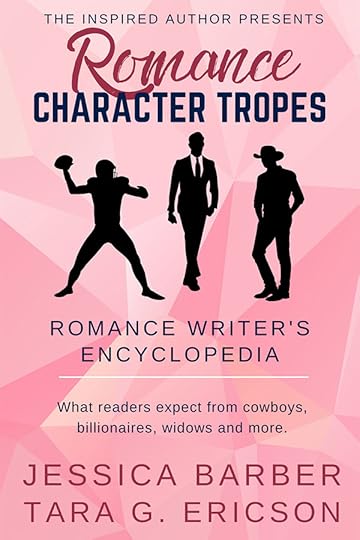
Romance Character Tropes is designed to be used at every stage of planning, writing, and publishing your books. If used effectively, it will help you write a romance that readers will love, but also help you market that book to get it into the hands of readers who will devour it.
We’ve studied thousands of books and movies, polled readers and studied the market to understand not just which Character Tropes work – but WHY they work. And knowing why they work means you can put them to work for you.Harness the power of Character Tropes to make your book marketable, multi-dimensional, and satisfying, so readers will come back again and again.
You can purchase this book seperately here: https://www.amazon.com/Romance-Character-Tropes-Billionaires-Encyclopedia-ebook/dp/B0C1HQLW8X/
My Thoughts on Romance Character TropesTropes are something which have always puzzled me. They were touched on in my graduate classes, to say that you should be aware of them and know what they are, but it was left to the individual to figure it out from there, probably because there are so many of them, and they differ from genre to genre. Since then, I’ve learned that there are too many tropes, no matter the genre, that the whole trope thing seemed overwhelming to me, and I got tired of trying to figure it out , choosing instead, to just write.
I wish I’d had a resource such as this one back then, because Barber and Ericson made it so easy to understand. If someone had explained that internal character tropes were based on the archetypes that I studied in graduate school, it would have all made sense so much sooner. They give a clear definition of what tropes are and why we use them.
“Each of the internal character tropes in this chapter is derived from some of the most popular literary archetypes in fiction. They will carry elements of the universal symbolism, themes, and patterns that have transcended both time and history.”
When I was running my “Ask the Authors-” blog series, back in 2018, I inteviewed many authors, and one of the questions was about using tropes. Some said they used them, some said they avoided them, and still others didn’t have a clue as to what a trope was. But the fact is, we all use tropes, whether we do it conciously or not, no matter what genre we write in. Without character tropes, our characters would be flat, with no personality, and readers would have no reason to care whether our characters achieved their goals or not. If you have a character who is a firefighter, then you are writing with a Man in Uniform character trope. And if you do it conciously, which you should, there are certain things you need to be aware of which will make your character bigger than life for your readers.
I haven’t written much romance, so you might find it odd that I would choose to review Romance Character Tropes, by Jessica Barber and Tara G. Ericson. My thinking is that although this book delves into tropes which are specific to the romance genre, many of the character tropes can be found in other genres, as well.
This month, for NaNoWriMo, I’m writing the second book in my Time Travel Adventure series, the sequel to The Rock Star & The Outlaw, which has a strong romance element, and my male protagonist just happens to be a cowboy, which is a popular romance character trope, so I paid particular attention to what the authors had to say about the Cowboy trope.
I discovered that the cowboy hero I created for the first book, and I am now writing into the second isn’t a rodeo cowboy, a lone wolf or off the grid cowboy, or a law enforcement cowboy, but more of a cross between the cowboy and the reformed bad boy tropes. When LeRoy is introduced in the twenty-first century, in the first book, he is all cowboy, manners and all, and that fact is what attracts my heroine, Amaryllis, in the first place. But when he goes back in time, to an actual western setting, we see the reformed bad boy, who has done all the wrong things, but for the right reasons. Over all, I feel like I did a pretty good job on the first book, and I’ve gathered some ideas about where his character arc may lead in the second one, to make him a more well-rounded character.
I learned so much useful information from Romance Character Tropes that I know it will be a resource I turn to again and again. I have a couple of romance stories that have been trunked, and after reading this book, I’m tempted to pull them out and give them another go, so don’t be surprised if I had add romance to my list of genres I write in in the future.
Steps to Self-Editing, by Jana S. Brown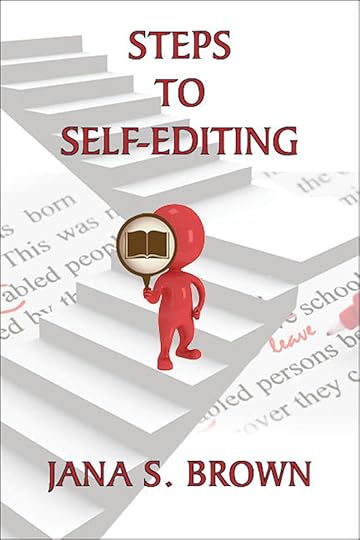
You’ve finished writing your rough draft! Congratulations!
Now what are you going to do?
Before going out into the world, every manuscript needs a little love from its creator in the form of self-editing and revision.
However, that can be a daunting task.
PlotlinesCharacter arcsContinuityGrammatical mistakesWhere do you begin?
Join author and editor, Jana S. Brown, at her virtual table and learn the Steps to Self-Editing from setting your structure, to rubbing out wordiness to make your manuscript shine.
You can purchase this book seperately here: https://www.amazon.com/Steps-Self-Editing-Common-Writing-Publishing-ebook/dp/B0CK54T3TC
My Thoughts on Steps to Self-EditingI chose to read this book because I do self-edit, in spite of all the warnings that I’ve heard not to. I’ve always been told that self-editing is a big no-no, especially if you do it as you are writing, and guess what, I do that, too. But Steps to Self-Editing, by Jana S. Brown doesn’t make that judgement. In it, Brown actually discusses the reasons why you may want to self-edit and talks about the differences in self-editing as you write, and doing an overall self-edit when you’ve finished, (I do both types), and when you may want to do both, as well as when you may not. Brown also makes it clear that self-editing is not recommended to take the place of paying a professional editor. It’s just another step which can be taken to hone your creative child and polish it to look its best.
As I am currently undertaking the NaNoWriMo challenge, and I’m in the process of writing the second book in my Time Travel Series, so I’m already using some of the tips as I self-edit as I go. I am compelled to do this with my writing, as I find and fix plot holes, and go back to add foreshadowing where needed, but Brown has reminded me of other things that can be looked for and fixed early on.
When I have a completed manuscript, hopefully at the end of the month, I’ll be using it again to give my manuscript a complete once over, before sending it off to be scrutinized by another set of eyes. Brown also is a fan of reading your manuscript aloud as a part of self-editing, a step which I always employ, sometimes during the writing process, sometimes after. As she points out, reading your work aloud can help you find logic errors and inconsistencies in your story, as well as helping to smooth the rough edges.
The section that touches on punctuation and grammar rules assures I’ll be turning back to this book again and again, because there are too many rules to remember, making double checking a necessity. This is a quick and easy to use writing resource, which will be a valuable addition to my library.
The 2024 Novel Writing Story Bundle
Wit & Wisdom, by Craig Martelle, Romance Character Tropes, by Jessica Barber and Tara G. Ericson, and Steps to Self-Editing, by Jana S. Brown, are all offered in the 2024 Novel Writing Story Bundle, along with my own The D.I.Y. Author and nine other valuable writing references that every author should have at their fingertips. This bundle offers valuable writing advice from successful authors such as Kerrie Flanagan, Kevin J. Anderson, Mark Leslie Lefabvre, Wulf Moon, Joshua Essoe, Kerrie Flanagan, Matty Dalrymple and M.L. Ronn, Jessica Brawner, Todd Fahnestock, along with a year’s subscription to Indie Author Magazine. A percentage of every bundle sold goes to the Neil Peart Brain Cancer Research Fund from Cedars Sinai. These digital books are DRM-free and compatable with any digital reading device. And you get a lot of books for one great price.
You can get your 2024 Novel Writing Story Bundle here: https://storybundle.com/writing
_______________________________________________
About Kaye Lynne Booth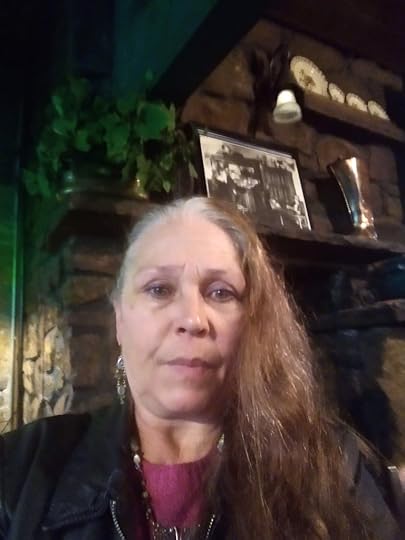
For Kaye Lynne Booth, writing is a passion. Kaye Lynne is an author with published short fiction and poetry, both online and in print, including her short story collection, Last Call and Other Short Fiction; and her paranormal mystery novella, Hidden Secrets; Books 1 & 2 of her Women in the West adventure series, Delilah and Sarah, and her Time-Travel Adventure novel, The Rock Star & The Outlaw,as well as her poetry collection, Small Wonders and The D.I.Y. Author writing resource. Kaye holds a dual M.F.A. degree in Creative Writing with emphasis in genre fiction and screenwriting, and an M.A. in publishing. Kaye Lynne is the founder of WordCrafter Quality Writing & Author Services and WordCrafter Press. She also maintains an authors’ blog and website, Writing to be Read, where she publishes content of interest in the literary world.
____________________
This post is sponsored by The D.I.Y. Author and WordCrafter Press .
Being an author today is more than just writing the book. Authors in this digital age have more opportunities than ever before. Whether you pursue independent or traditional publishing models, or a combination of the two, being an author involves not only writing, but often, the publishing and marketing of the book.
In this writer’s reference guide, multi-genre author and independent publisher, Kaye Lynne Booth shares her knowledge and experiences and the tools, books, references and sites to help you learn the business of being an author.
Topics Include:
Becoming Prolific
Writing Tools
Outlining
Making Quality a Priority
Publishing Models & Trends
Marketing Your Book
Book Covers & Blurbs
Book Events—In Person & Virtual
And more…
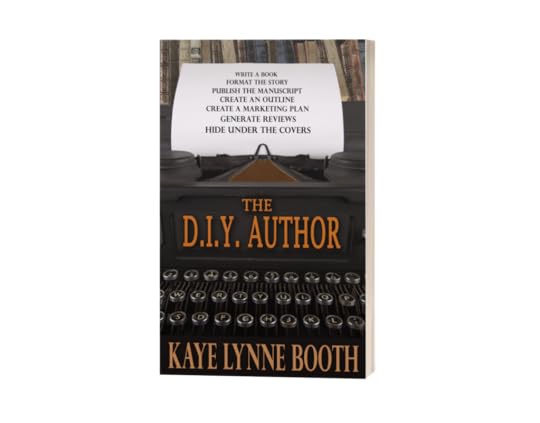
Purchase your copy today: https://books2read.com/The-DIY-Author
Writing to be Read
- Kaye Lynne Booth's profile
- 37 followers



